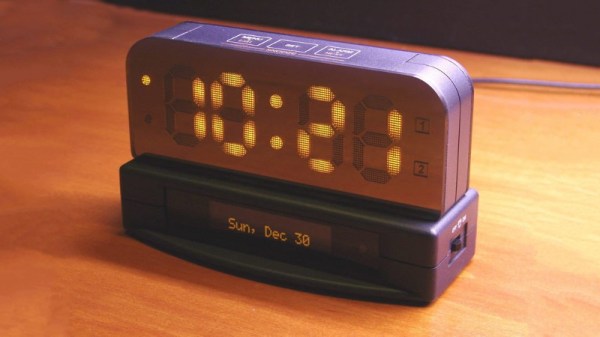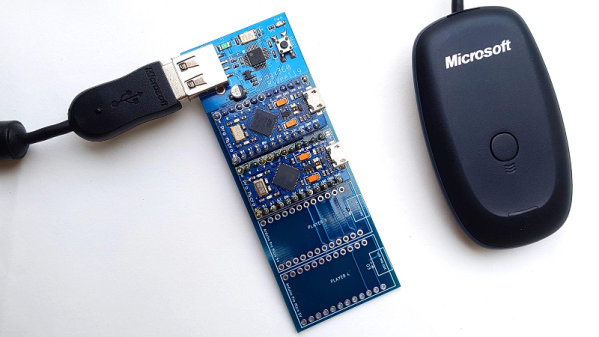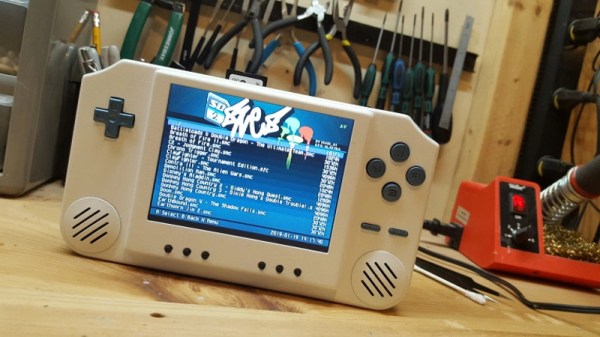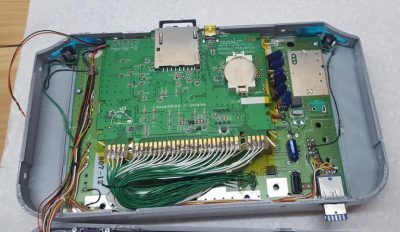A piratebox is a small computer, WiFi adapter, and a hard drive. The idea behind the piratebox is to simply put some storage on a network, accessible to all. It’s great if you’re in a group, need an easy way to share files at the hackerspace, or just want to put a modern twist on a LAN party. [Nick] and [Josiah] came up with their own twist on a piratebox, and this one uses a Raspberry Pi Zero W, making it one of the cheapest pirateboxes around.
The Raspberry Pi Zero W, with its network adapter, has all the hardware required to turn into a capable piratebox, so the hardware for this build is pretty simple. It’s just a USB A plug in the form of a USB Stem and nothing else. The software is available on GitHub and broadcasts a WiFi network named SUBZero. Browsing to 192.168.1.1 on this network allows for uploading and downloading files, all without an Internet connection. It’s a cloud that will fit in your pocket, which we’re calling a ‘fog’ or a ‘mist’ this week. Since this is called the ‘SUBZero’, perhaps ‘pogonip’ is the preferred nomenclature.
Of course no Raspberry Pi project is complete without a 3D printed case, and the SUBZero is no exception. There’s a 3D printed case for this Pi Zero, complete with a sliding door for access to all the ports. You can see a video of that below.



















